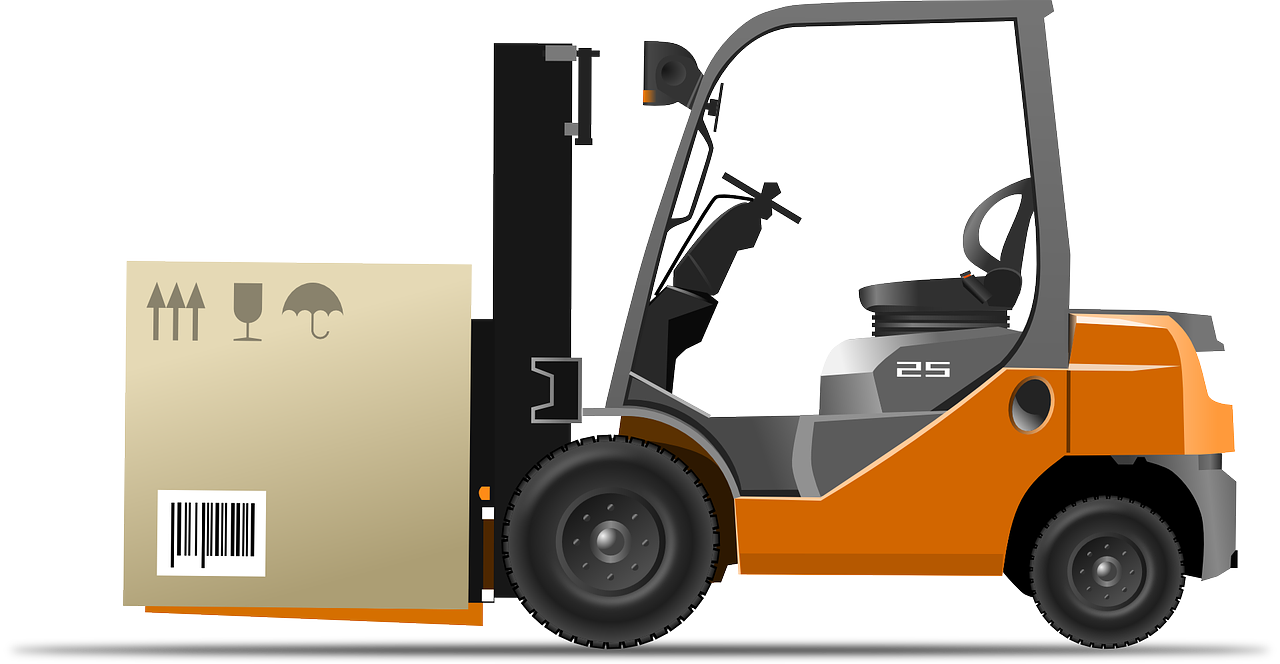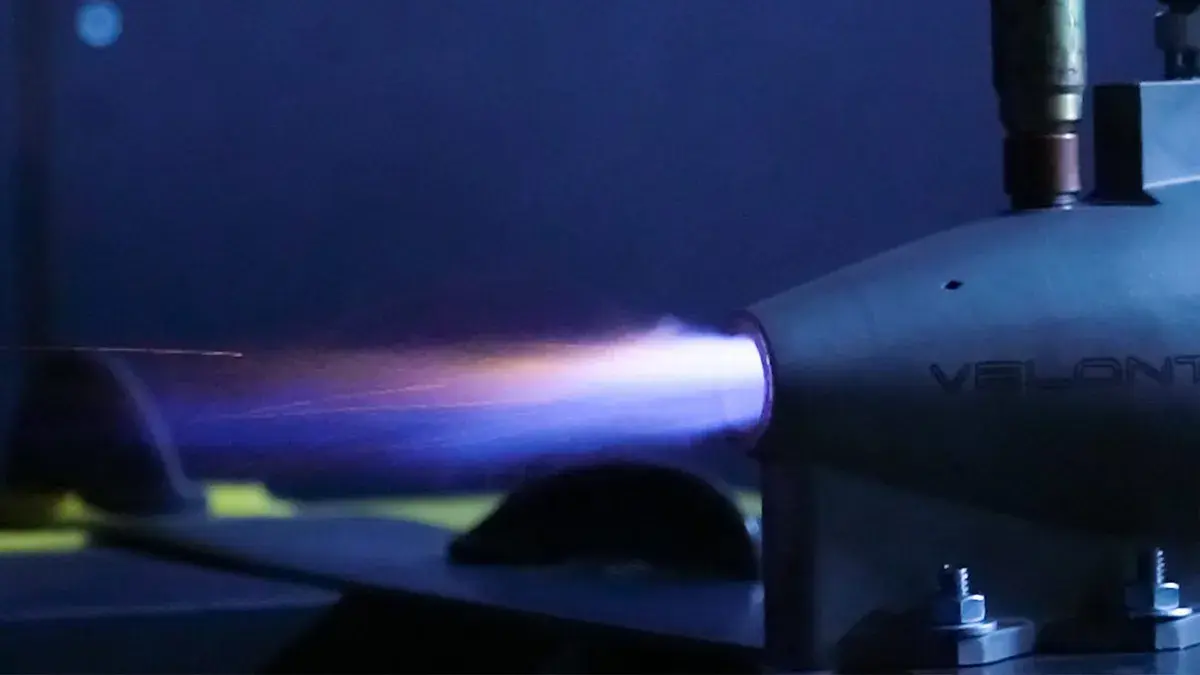Forklifts have been a long time reliable industry vehicle to help lift and move heavy materials over short distances. Although they don’t travel much, they carry a lot of weight day in and day out. As every forklift operator knows, regular maintenance is key to their forklift’s performance and life cycle. Therefore, we have created this essential guide to help you maintain your forklift in great condition for as long as possible.
Forklift maintenance has three steps:
- Everyday Checkups
- Routine Maintenance
- Annual Inspections
Let’s go through all of them.
1. Everyday Checkups
An apple a day keeps the forklift doctor away; the apple is also known as a Pre-Shift inspection in the forklift world. The OHSA (Occupational Health and Safety Act) has set a standard to execute a maintenance check on any vehicle that operates daily.
During this daily maintenance check, you need to take a closer look at the parts mentioned in your inspection sheet. If you don’t have one yet, you can get a hint from this sample Pre-Shift inspection sheet:
| Look at | Look for |
| Forks | weld breaks |
| Tires | any chunks of rubber missing |
| Piston | leaks or drips |
| Hydraulic hoses | punctures or cuts in the hoses |
| Chain | loose tension on the chain |
| Carriage | weld breaks |
| Seat belt | firm placement |
| Propane tank (if it has one) | tight fit |
| Radiator | stuck debris or trash |
| Emergency brake and accelerator | smooth functioning |
| Controls | expected and quick response |
| Safety lights, battery, alarms, & horn | visibility and sound |
| Fluid levels | fuel, radiator water, engine oil, and hydraulic fluid levels |
Any forklift found with the above faults or any other imperfection is to be registered as unsafe and non-drivable.
2. Routinely Maintenance
Regular forklift maintenance increases longevity and reduces repair costs. Ideally, you should get your forklift serviced every three months by a trained mechanic. Below is the general routine maintenance checklist that must be followed.
| One Month | Three Months | Six Months | |
| Maintenance Required | Every month or 200 hours (whichever comes first) | Every month or 600 hours (whichever comes first) | Every month or 1200 hours (whichever comes first) |
| Inspect |
Lift and tilt cylinder operation
|
Used Pneumatic Forklift Hyster
|
Brake booster operation
|
| Do |
Lubricate the chassis and mast parts
|
Drain the water separator
|
Torque the engine head bolts and manifold nuts
|
3. Annual Inspections
OHSA emphasizes on getting checks done regularly and mandates an annual inspection to ensure the safety of the operator. A general rule of thumb to meet this requirement is to get your forklift inspected every 2,000 hours of use by an OHSA-qualified inspector.
If your forklift undergoes rigorous work hours, it may need more frequent inspections, especially if it operates in environments like humidity or high temperatures.
Final Maintenance Tip
Some parts of a forklift are more critical than others, and therefore, they must function as expected. The transmission system is one of the vital parts to ensure safe functioning of the forklift. So, make sure you have healthy forklift transmission parts at each stage of your maintenance routine.







